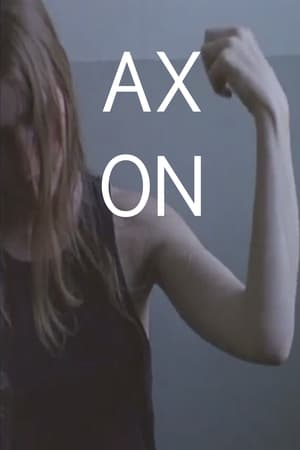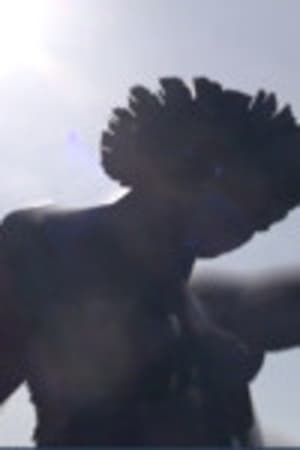
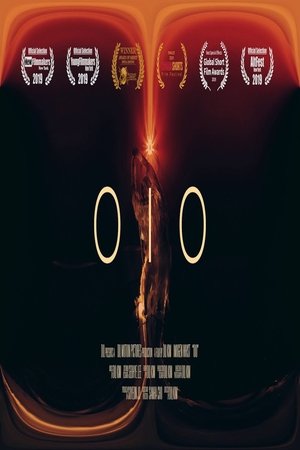
OIO(2019)
What makes us who we are?
The movie focuses on creating an experimental visual storytelling and questions: 'What makes us who we are."

Movie: OIO
Top 10 Billed Cast
Lead Actress

OIO
HomePage
Overview
The movie focuses on creating an experimental visual storytelling and questions: 'What makes us who we are."
Release Date
2019-05-14
Average
0
Rating:
0.0 startsTagline
What makes us who we are?
Genres
Languages:
Similar Movies
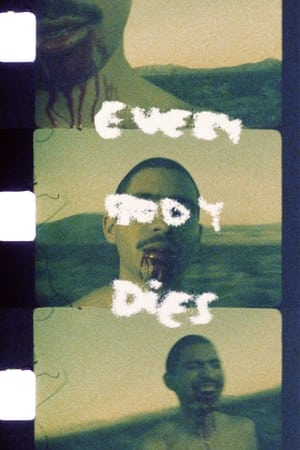 0.0
0.0Everybody Dies(en)
Utilizing super 8mm and an economical shooting method of quick, short shots building idiosyncratic rhythms via rapid editing techniques, time, nature, and even the body folds in on itself. Everybody Dies (2020) is a poetic journey into the desert. It’s a reflection on the nature of death as something not to be feared, but embraced as a part of a personal and universal human experience. Super 8mm.
 7.0
7.0The Achalunés(xx)
Organic forms are beating and resorbing, reflections dance to the rhythm of Henk BADINGS 'music, circles of light flash like disturbing eyes, perpetual metamorphoses evoke a great living and throbbing organism.
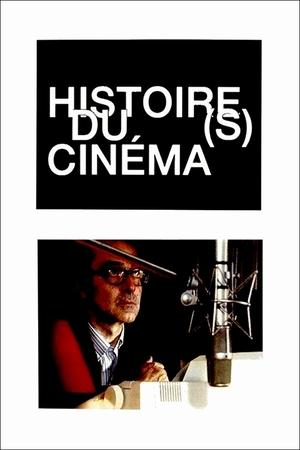 0.0
0.0Moments choisis des Histoire(s) du cinéma(fr)
A very personal look at the history of cinema directed, written and edited by Jean-Luc Godard in his Swiss residence in Rolle for ten years (1988-98); a monumental collage, constructed from film fragments, texts and quotations, photos and paintings, music and sound, and diverse readings; a critical, beautiful and melancholic vision of cinematographic art. (Abridged version of the original collection of eight short films).
 10.0
10.0Janapada(bn)
Rudra has come back one morning, has return to his friend Saruar's home. He had disappeared from home leaving no cue, a year ago. Saruar first came to know about Rudra's disappearance in Rudra's mother's call. Then he had gone to Rudra's home and saw how his agitated parents and elder brother were tracing out reasons of his desertion. Rudra do not answer any of these questions of Saruar now. He become immutable and eloquent. He only replies that he is tired and cinema experience Rudra's exhaustion from this world's journey in a non-narrative way. Rudra's consciousness become aware of a bigger crisis. Rudra just express interest to go to sleep for a while.
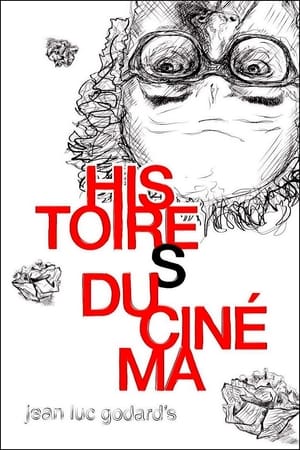 6.5
6.5Histoire(s) du Cinéma 1b: A Single (Hi)story(fr)
A very personal look at the history of cinema directed, written and edited by Jean-Luc Godard in his Swiss residence in Rolle for ten years (1988-98); a monumental collage, constructed from film fragments, texts and quotations, photos and paintings, music and sound, and diverse readings; a critical, beautiful and melancholic vision of cinematographic art.
 6.2
6.2Histoire(s) du Cinéma 1a: All the (Hi)stories(fr)
A very personal look at the history of cinema directed, written and edited by Jean-Luc Godard in his Swiss residence in Rolle for ten years (1988-98); a monumental collage, constructed from film fragments, texts and quotations, photos and paintings, music and sound, and diverse readings; a critical, beautiful and melancholic vision of cinematographic art.
 6.5
6.5Histoire(s) du Cinéma 2b: Deadly Beauty(fr)
A very personal look at the history of cinema directed, written and edited by Jean-Luc Godard in his Swiss residence in Rolle for ten years (1988-98); a monumental collage, constructed from film fragments, texts and quotations, photos and paintings, music and sound, and diverse readings; a critical, beautiful and melancholic vision of cinematographic art.
 6.9
6.9The Angel(fr)
The climbing of an immense staircase made up of the most varied stairs- Symbolic scenes occur on different levels where characters seem to be prisoners of their deeds and of their own folly. The steep staircase leads little by little towards the zones of great light where human beings and nonhuman beings meet.
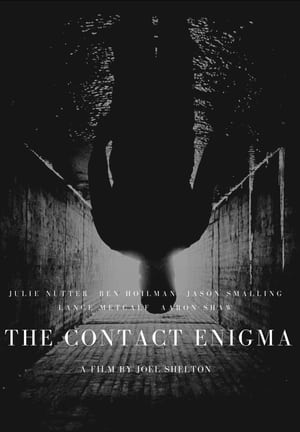 6.0
6.0The Contact Enigma(en)
Three people become connected through mysterious circumstances involving electronic devices which spontaneously appeared in their world.
 6.5
6.5Histoire(s) du Cinéma 2a: Only Cinema(fr)
A very personal look at the history of cinema directed, written and edited by Jean-Luc Godard in his Swiss residence in Rolle for ten years (1988-98); a monumental collage, constructed from film fragments, texts and quotations, photos and paintings, music and sound, and diverse readings; a critical, beautiful and melancholic vision of cinematographic art.
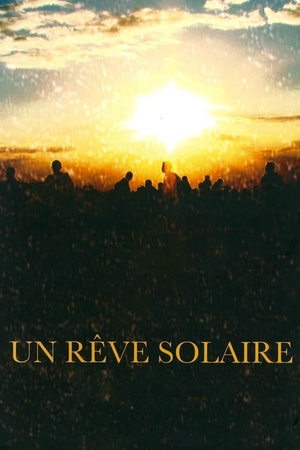 6.1
6.1A Solar Dream(fr)
Behold the struggle between light and dark, the two principles that are at the very heart of the cinematic deed. A Solar Dream takes the seventh art’s ability to generate imaginary and phantasmagorical worlds to the limit, multiplied here by Michèle Bokanowski’s enveloping music. A precious plastic and sonic gem.
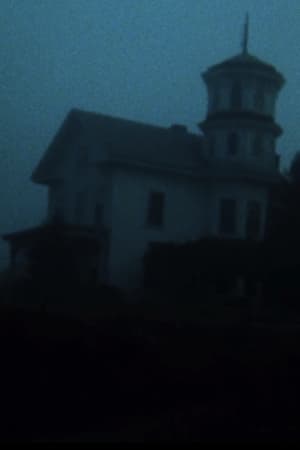 7.0
7.0The Devonsville Train: Establishing Shots 1(en)
A series of shots from six 1970s and 1980s horror films are slowed down to near-still moving images. First feature-length piece in the video art series "The Devonsville Train."
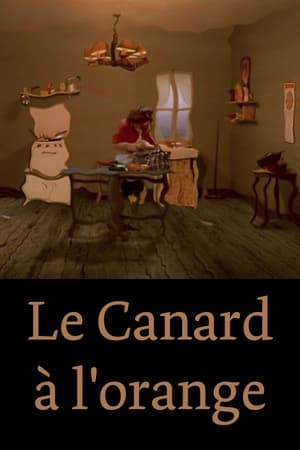 6.8
6.8Le Canard à l'orange(fr)
A housewife is preparing a duck à l'orange in her kitchen. But the reluctant bird tries to escape from her but the woman manages to recaptures it and plucks it savagely. Once the duck is put in the oven, an alligator unexpectedly appears in the kitchen, threatening the cook.
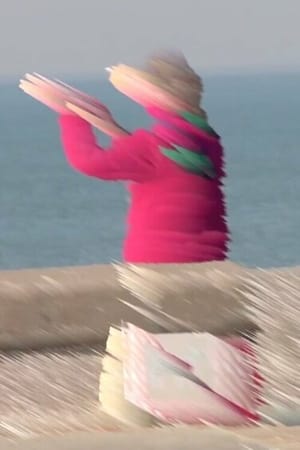 6.0
6.0Vers Syracuse(fr)
Dreamlike sea bathing and horse rides. Colors take the plunge, the horizon blazes, breaking waves pound endlessly. A strange journey through depths of sound and vision.
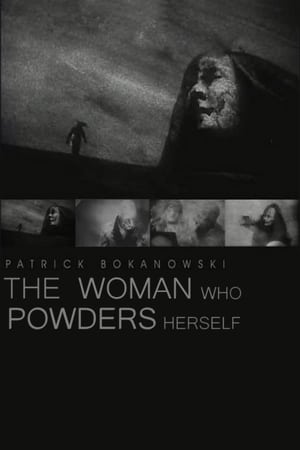 6.5
6.5The Woman Who Powders Herself(fr)
A study of human anxieties about beauty, youth and objectification.
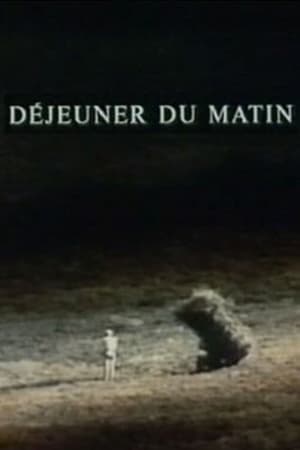 7.8
7.8Breakfast(fr)
Relentlessly reworking ‘real’ images, using techniques borrowed from painting and animated film, Patrick Bokanowski is an author of stature, capable of creating an insane and cataclysmic universe of unquestionable beauty.
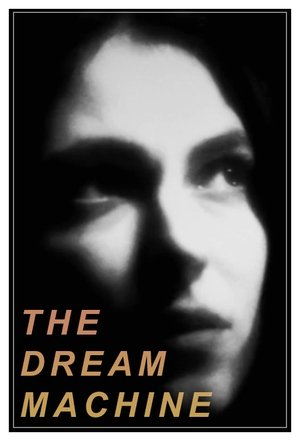 0.0
0.0The Dream Machine(en)
A woman experiments with a Dreamachine, hoping to escape trouble. Within the light and dark of the machine, violent emotions awaken.
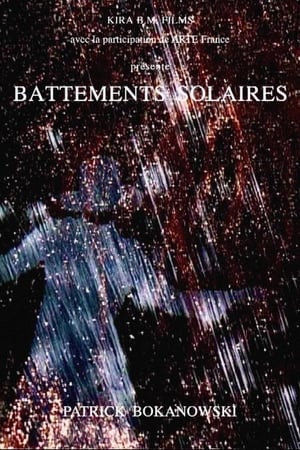 8.4
8.4Solar Beats(fr)
Walking towards the fire. In a ceaseless stream of light, people, landscapes and objects lead us to mysterious regions. French filmmaker Patrick Bokanowski’s work is hard to classify - and all the richer for it. Together with his wife Michèle, whose musique concrète compositions form the basis of the sound design, Bokanowski offers a prolonged, dense and visually visceral experience of the kind that is rare in cinema today. Difficult to define and locate, its strangeness is quite unique.
